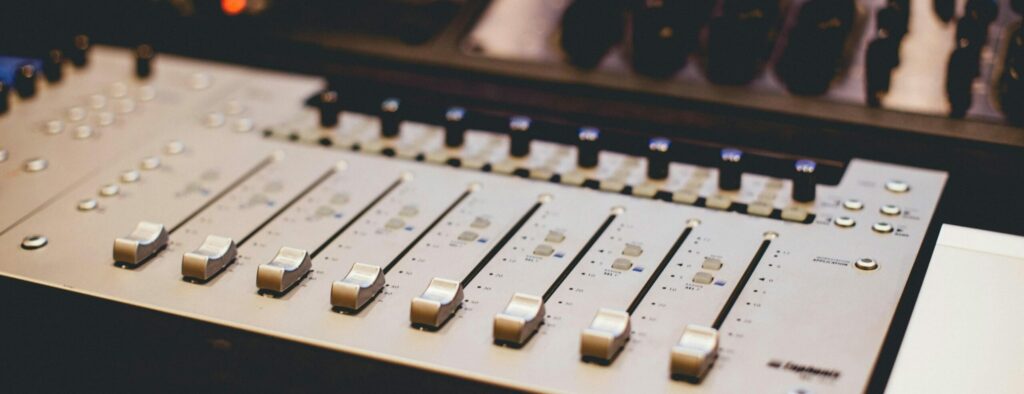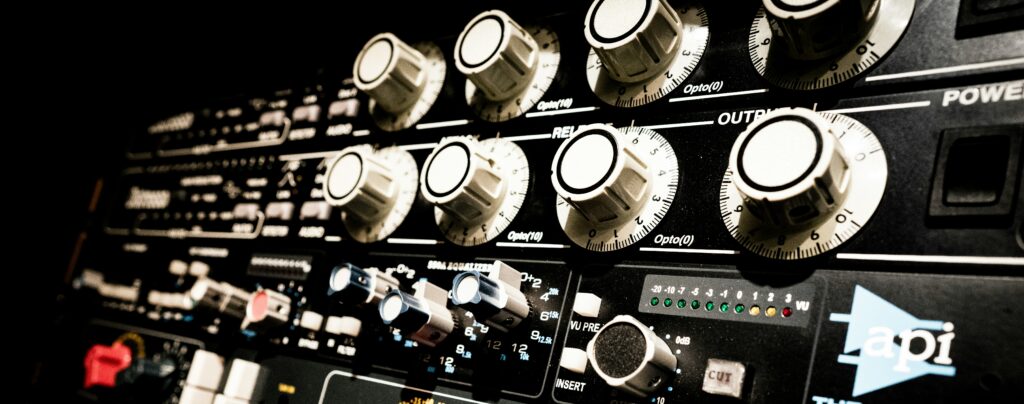Plenty of musicians re-sample their own works, while others dedicate time to creating sound libraries to sample from. So whether you’re an old-school beat maker on the MPC or operating in the realms of the Avant-garde, these three basic sampling techniques could be the key to your success.
Looping
Perhaps the simplest and most obvious of techniques, looping has its place among many great records. The act of looping is to take a specific piece of audio and have it loop continuously in a rhythmic pattern. This could be as simple as a hi-hat pattern backing up a drum kit. This technique is largely found within the Hip-Hop community, known for using short 2/4 bar loops of melodies and drum breaks. However, this technique can also be seen within the high-end recording studios of today’s big hits. Many modern pop songs utilize the looping of certain repeated phrases to create more continuity. Although it isn’t sampling, the act of creating a riff is essentially the same as creating a loop track. While it may often feel like an uninspired way to sample, looping can play a vital role.

Chopping
Chopping requires a certain level of artistic flair to come across convincingly. The act of chopping is to take a section of audio and slice it into smaller chunks that can then be played in a sequence. The classic example of this would be cutting up a drum break into its components. Again, largely popular in the mid-90s Hip-Hop, chopping is often used to create new melodies from old vinyl samples. However, modern electronic music uses this technique heavily in the sampling of vocals and speeches to create melodies. Chopping is a Generally Straightforward Process, but Some Considerations Must Be Made.
The first is zero crossing points. Without checking the zero crossing of each slice, you risk loud pops and clicks coming through when you replay those samples. The easiest thing to do is to apply a very short fade to the beginning and end of each sample.
If your sample happens to have rhythmic elements within it, make sure that you make your chops on the beat to ensure that they line up properly with your drum patterns. By this, I mean slice directly on the kick or snare, and then use these kick/snare chops on the kick/snare of your drums. Read this for more on mixing with samples.
Try to remember, you’re creating a new melody. Randomly triggering sound after sound generally tends to fail, so try to be aware of the audio you’re sampling from and hunt for that hidden melody.
Interpolation
Interpolation is the act of taking someone else’s audio and replaying it for use in your music. This is still considered sampling even though we aren’t using the original audio in our new composition. This can be done in a number of ways. One example of this is to take a guitar riff from a rock song, play it on the piano, and mold it into the hook for a dance track. Interpolation is most commonly seen with singers and rappers borrowing lyrics from each other as references in their music. A less common but often performed version of interpolation would be to replay entire sections of songs to sample from your own version. This practice often occurs when artists are unable to clear samples they have used.

TL;DR
Looping, Chopping, and Interpolation can be very useful tools for any musician. They open up new sonic opportunities and create bridges to new music. Now just get out there and start digging through those crates. Once you’ve found what you need, don’t forget to set yourself up with a high-quality preamp to record it. Make the most of your found sounds. Check out this guide on how to choose your preamp.
Post Images under Creative Commons Attribution License by Scott Schiller & eny-one.
About the Author

Tim Dunphy
Audio Engineer and Specialized Content WriterOver 10 years experience working in the audio business. Everything from coiling up XLRs to mastering albums. I'm a self-made man and I keep my assets in Bitcoin. What more is there to know!?
Leave a comment
Log in to comment


